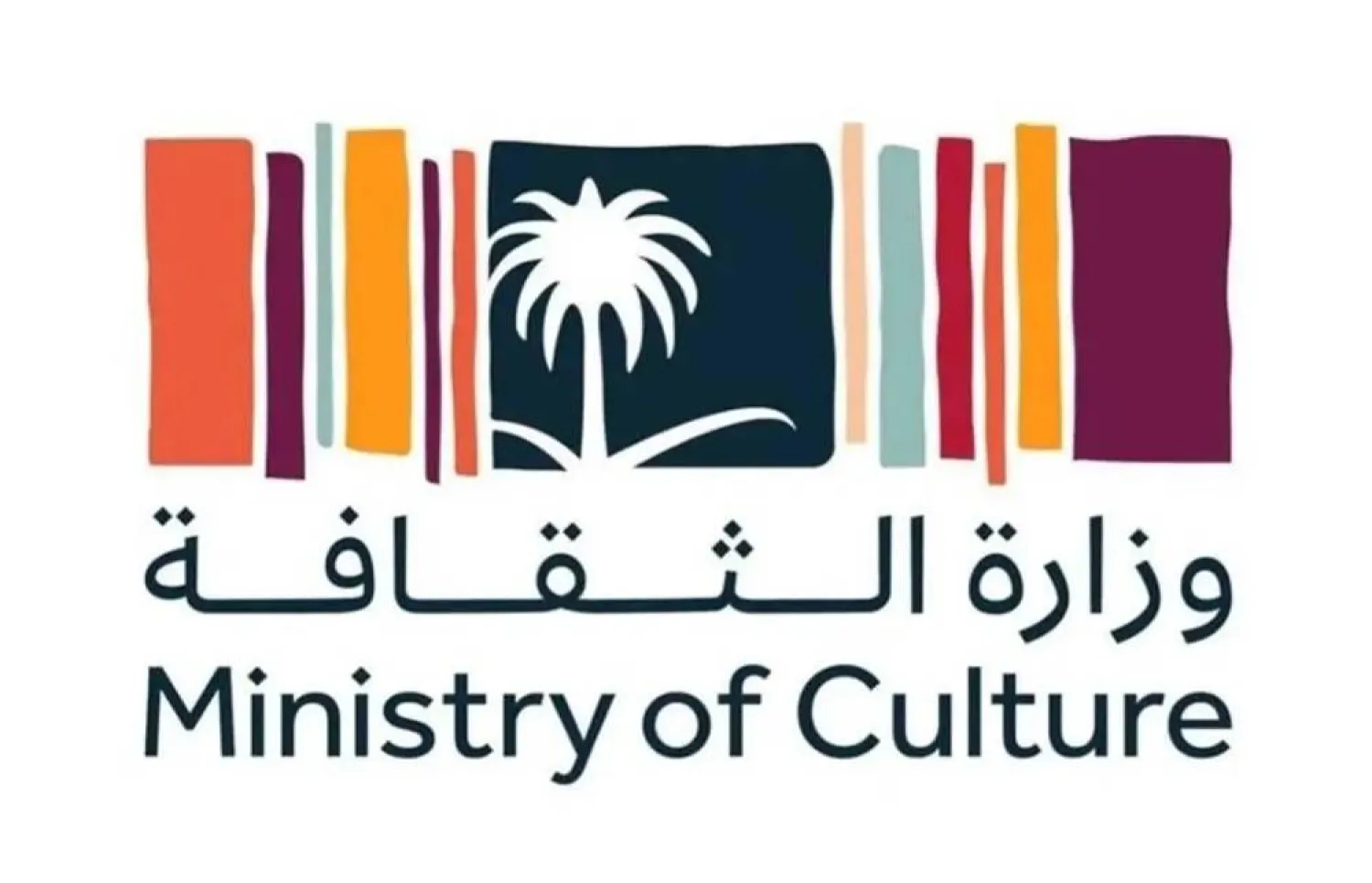UNESCO, the United Nations culture body, has announced plans for a virtual museum of stolen cultural artifacts, aimed at raising public awareness of trafficking and the unique importance of cultural heritage.
Visitors will be able to navigate a succession of virtual spaces containing detailed 3D images of the artifacts, each accompanied by materials explaining their unique cultural significance including stories and testimonies from local communities.
UNESCO does not expect to be able to name the items that will make up the initial collection until shortly before the museum’s opening.
It will be conducted jointly by UNESCO and INTERPOL, whose database of cultural objects stolen from museums, collections, and archeological sites worldwide lists more than 52,000 artifacts, worth $2.5m (£2.05m)
The virtual museum should open in 2025.
“Behind every stolen work or fragment lies a piece of history, identity, and humanity that has been wrenched from its custodians, rendered inaccessible to research, and now risks falling into oblivion,” said the UNESCO director-general, Audrey Azoulay.
“Our objective with this is to place these works back in the spotlight, and to restore the right of societies to access their heritage, experience it, and recognize themselves in it,” Azoulay told a meeting of national representatives in Paris.
According to the Antiquities Coalition, a US-based NGO, the most significant looted and stolen artifacts currently missing globally include a third-century alabaster stone inscription taken from Awwam temple in Yemen between 2009 and 2011.
Also on the coalition’s list are a seventh-century BC ivory relief of a lion attacking a Nubian, stolen from the Baghdad Museum in 2003; a green stone mask looted from the Maya site of Rio Azul, Guatemala in the 1970s; and a fifth-sixth century figurine of Varaha taken from a temple complex in Rajasthan, India in 1988.
“These are objects that exist physically, but we don’t know where,” Ernesto Ottone, the organization’s assistant director general for culture, told the Guardian. “We will exhibit them virtually, in a space where we can really tell the story and the context behind them.”
Ottone said the aim was to “help young people especially to understand that a stolen artifact is one that has been ripped from its community, but also to help recover stolen objects and promote the repatriation of cultural property generally”.
Logically, he said, the museum’s ultimate aim should be its own disappearance: “It’s the opposite of a regular museum, whose collection will continue to expand. With this one, we hope its collection will shrink, as items are recovered one by one.”
The project’s architect, Francis Kéré, the 2022 – and first African – winner of the prestigious Pritzker prize for architecture, said the project was about “awakening the imagination”. Cultural artifacts embody “a value in their physical presence, but also a value to their communities ... that we cannot describe”, he said.
Kére, who was born in Burkina Faso, compared an object torn from its community to a tree uprooted from its soil. “Something happens that we don’t fully understand in the relationship between a tree, its roots, and its nourishment,” he said.
“Something similar happens, that we also don’t understand, in the relationship between a cultural artifact and its community. Cultures that have been robbed of artifacts are like a tree’s roots looking for nourishment.”
The architect has designed an extendable virtual “ramp”, contained within a globe connecting regions, countries, cultures, and the 600 artifacts that will make up the opening collection, and has begun work with web developers to turn the concept into a digital reality.
Ottone said that while designing and building the virtual museum was a complex job, the most time-consuming task was creating scalable 3D images of the artifacts, for many of which there is no physical record beyond a small black-and-white photo.
“No one has imagined a museum like this,” Azoulay said. “The works’ presentation is enhanced by a deep dive into their universe, into the cultural and social movements from which they were born – linking the material and the immaterial.”
UNESCO’s 1970 convention on prohibiting and preventing the illicit import, export, and sale of cultural property urges signatory states to take measures to stop trafficking, which INTERPOL has said is increasingly the preserve of organized crime.









